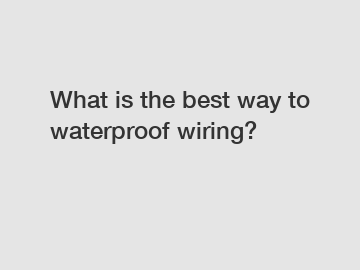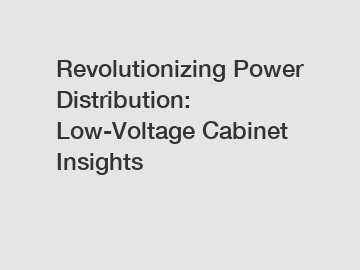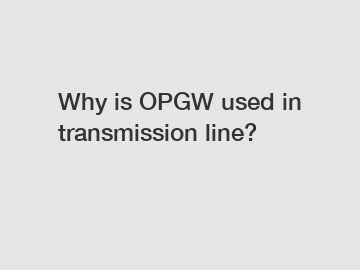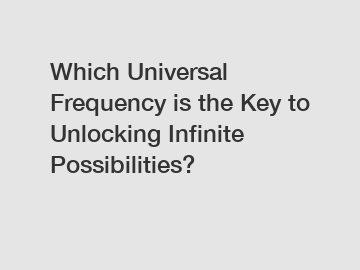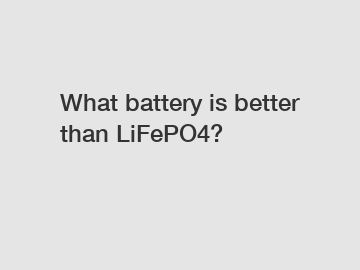HASL vs Lead-free HASL - PCB Surface Finishes
Hot air solder leveling and lead-free HASL (Hot Air Solder Leveling) are the two prominent surface finishes in the PCB Manufacturing and Assembly Process. However, there is a noticeable difference; Lead-Free HASL does not use tin and lead solder.
Yet, when choosing the right surface finish for your circuit boards, it is vital to choose a cost-effective and RoHS-compliant surface finish. Suppose you want to use HASL as your surface finish choice and need help deciding which surface finish to use. In that case, this guide examines the pros and cons differences between HASL and lead-free HASL.

What is PCB Surface Finish?
Surface Finish is metalizing the outer layer of a PCB being soldered. The function of PCB surface finish is to offer protection against corrosion on the copper circuitry. Also, it fosters easy soldering of circuit board components.
There are varied kinds of surface finishes employed in the PCB Industry. They are: Hot Air Solder Leveling (HASL), Electroless Nickel/Immersion Gold (ENIG), Immersion Silver (ImAg), Organic Solderability Preservative (OSP), and Immersion Tin (ImSn)
Hot Air Solder Leveling (HASL)
Hot air solder leveling (HASL) is the least expensive PCB surface finish. Many PCB Manufacturers commonly use this surface finish as it is economical and widely available. When applying Hot Air Surface Leveling on circuit boards, the board is dipped in molten solder and then scrapped off with a hot air knife.
PCB Manufacturers that employ through-hole technology or larger surface mount technology designs, hot air surface leveling excels in these designs. For smaller boards, it is not ideal. Also, The solder used is typically Tin-Lead solder, making it RoHS non-compliant.
Pros of HASL
This surface finish offers excellent solderability.
It is inexpensive and economical in its application.
It is a popular surface finish with an exceptional industry experience than other surface finishes.
Cons of HASL
Not suited for small SMT circuit boards.
It is not ideal for HDI products.
It can cause bridging on circuit boards.
Lead-free HASL
Lead-free hot air solder leveling is a type of surface finish that employs lead-free solder alloys. Instead of the conventional Tin-Lead eutectic alloys used by HASL, Lead-free HASL employs other solder alloys that do not contain lead.
When applying Lead-free HASL on the circuit board, molten solder is first used on the circuit board to achieve wetting. Then, air knives (usually set at a temperature above the lead-free solder melting point) are used to scrap off excess solder.
After the solder has solidified, the circuit board is passed through the washer, where solder flux residues are removed.
Explore more:Unleash Unlimited Possibilities with Rf Signal Generator USB: Your Ultimate Guide
Tips for Choosing Rack Enclosures: A Comprehensive Guide for Seamless Integration
How do I choose a circular connector?
What is the difference between LC LC patch cord and SC patch cord?
New innovations in h07vv-f flexible rubber cable: Which one is a game changer?
H07VV-F Flexible Rubber Cable: Your Ultimate Guide to Versatile & Safe Wiring
Which Limit Switch India brand is best for a successful purchase?
Despite being considered an environmental alternative to the standard HASL, lead-free HASL is least employed in surface finishes. The reason is that other innovative surface finishes are available in the PCB market. They include OSP and ENIG.
Pros of Lead-free HASL
It is relatively inexpensive
Lead-free HASL offers excellent solderability
This kind of surface finish applies to large through-hole technology circuits
Cons of Lead-free HASL
Lead-free HASL utilizes higher temperatures between 260 ℃ and 270 ℃
It is not suited for small circuit boards
Lead-free HASL offers a huge difference in thickness between small and large pads
Differences between HASL and Lead-free HASL
Many Customers understand the HASL process. Still, they need to learn the difference between HASL and Lead-free HASL. However, the differences between them are:
HASL uses lead as part of its solder alloy, which is considered harmful to humans. However, Lead-free HASL does not use lead as its solder alloy, making it safe for humans and the environment
HASL solders have lower melting points than lead-free HASL because Lead melts at lower temperatures than other solder metals.
Lead Tin solders (HASL) appear brighter and shiny on the circuit board when applied as surface finishes. In contrast, lead-free HASL appears dim and dull on the circuit board.
Lead-tin surface finishes offer improved mechanical strength than lead-free surface finishes.
Choosing the proper surface finishing during PCB production is essential. This careful consideration is because PCBs are found in every electronic component worldwide, ranging from colossal industrial engines to children's toys.
Hence, PCB production is taken seriously to avoid exposing toxic materials such as lead to children and adults, which could adversely affect their health. Hence, since EU RoHS's inception in 2006, HASL has taken on a new approach by not utilizing lead in its surface finishes.
Conclusion
Hot Air Surface Leveling (HASL) application in surface finishing is a common trend in the PCB industry. This guide has provided differences between HASL and lead-free HASL as they provide respective physical and mechanical strengths in their application.
Also, while HASL offers cost-effective benefits to PCB surface finishes, it is not RoHS compliant. As a result, should ensure high safety upon application of these finishes.
Explore more:Which is the best Limit Switch brand in India for a smart B2B purchase?
What country is Camel battery from?
What country is Camel battery from?
How do you determine what size fuse you need?
Which Advanced Technology Can Revolutionize Transmission Line Vibration Dampers?
The Unveiling of SK3323: A Technological Revolution
Which home lithium storage battery offers the best cost-efficiency?



